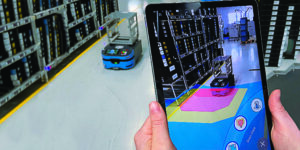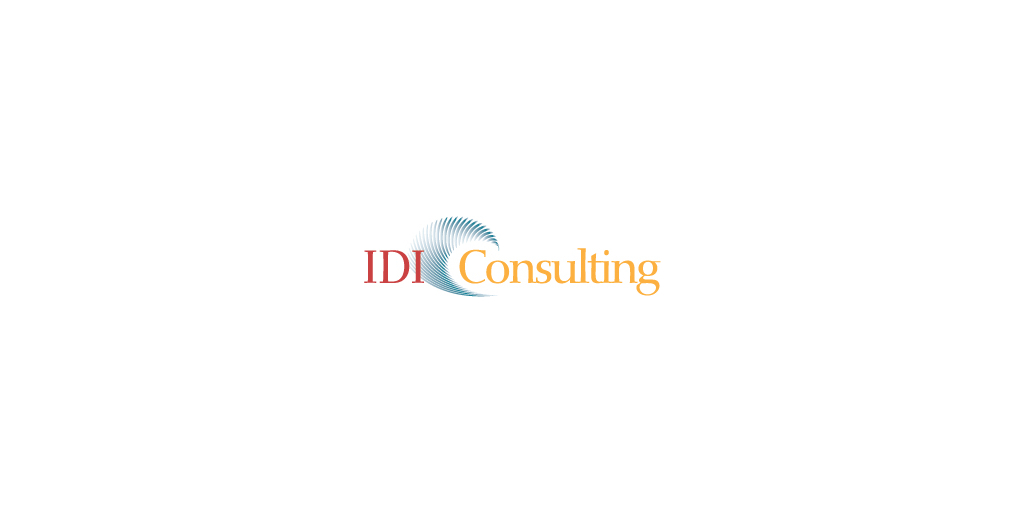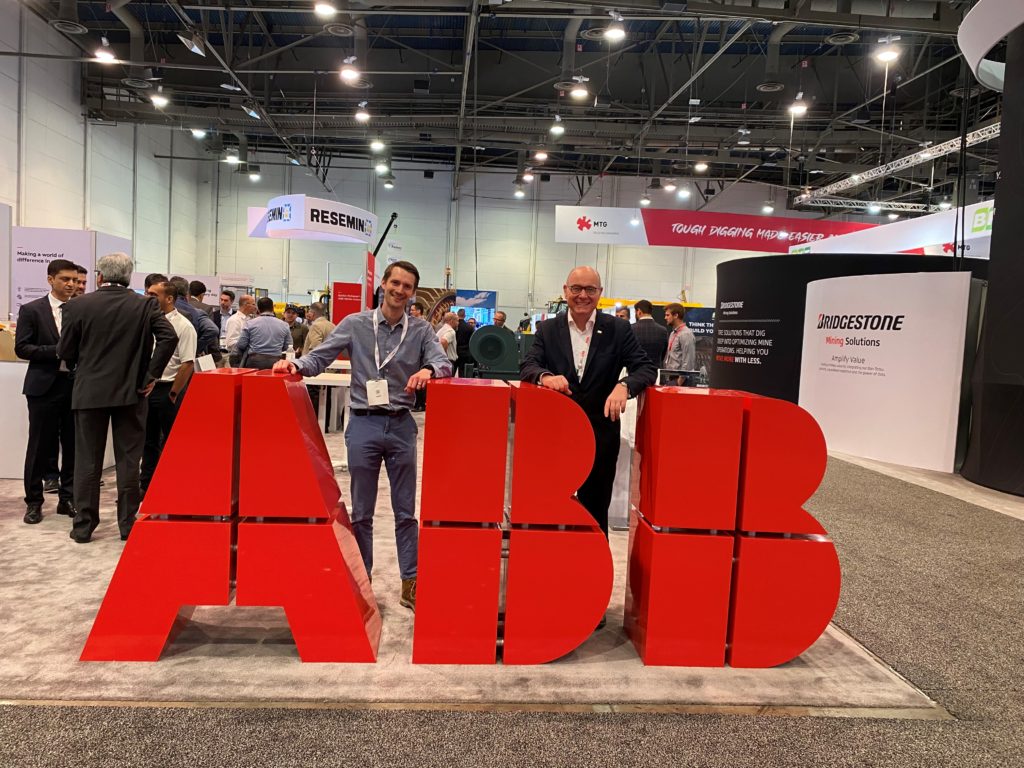SICK is helping to keep the mining industry moving through its sensor and digital solutions.
A mine is a worksite with a lot of moving parts, so it is imperative that workers keep all guards on machinery and equipment, and act confidently from the remote operating centres.
To tackle the challenges and a more sustainable future, remote sensing solutions are required. One of these technologies is LiDAR (light detection and ranging).
LiDAR sensors are not a new product in the industry, but companies like SICK are constantly developing them to ensure they meet the standards and evolving needs of the sector.
“There are a lot of LiDAR products on the market, but SICK has a reputation for having fit-for-purpose sensors for the mining space,” SICK market product manager Tim Baron told Australian Mining.
“Harsh environments like mining need reliable products that will continue to operate no matter what the space throws at them. SICK understands this, so we develop our products accordingly.”
A mine site can use a LiDAR sensor for multiple applications. The technology can capture geological data to create 3D models, scan the surrounding environment to help control autonomous vehicles, and even detect changes in the underground environment that can’t be seen by the naked eye.
“Using LiDAR sensors on a mine site not only improves safety but it also improves uptime,” Baron said.
“If you have two pieces of autonomous machinery that collide, no one will be injured but you’ll be down hours of productivity while you work to get them fixed.
“The growing demands of these products speak for themselves. Our LiDAR sensors are dynamic and they do the job.”
Having developed LiDAR sensors for a number of years, SICK understands that technology must constantly be redeveloped as the mining industry adapts smarter ways of working.

real-world environment.
That’s why the company will be featuring its new and innovative product line at the upcoming 2023 International Mining and Resources Conference (IMARC) in Sydney. One of these products is called SARA (SICK Augmented Reality Assistant).
“With SARA, we’re utilising standard mobile devices like your smartphone and overlaying data to help customers quickly diagnose a problem on their equipment,” Baron said.
SARA merges visualised sensor data with the real-world environment, allowing the user to simply hold up their phone to see the equipment and any safety concerns that were previously invisible to them, such as a load displacement or a hazard obstructing the way.
“While using SARA, your phone or your tablet becomes this virtual world where you’re seeing the real equipment but also all the information that the sensor is putting out,” Baron said. “We’ll be showing IMARC attendees just how easy it is to use.”
SICK’s LiDAR product family has something for every need, from the very basic to high-end configurations. But no matter what product a mine chooses, it can be assured it’s getting some of the best performance on the market.
“Our sensors integrate artificial intelligence (AI) technology to give operators a depth of vision and allow them to see what’s ahead,” Baron said.
“For example, if a person is approaching the protected zone of equipment, the AI would identify how many metres away that person is, and that number would decrease as they keep walking away.
“Furthermore, if there is an object in the field of view (FOV) that is preventing full body image detection, the AI can smartly ignore the object and still detect the potential intruder of the protection zone, so the machine operator can receive an alarm in time without object distractions in the FOV.”
SICK’s long history of designing, refining and updating its sensor technology means the company’s customers can purchase the equipment with confidence.
“We have a wide installation base in Australia so we’re able to provide a strong understanding to mean time to failure (a maintenance metric that measures the average amount of time a non-repairable asset operates before it fails), which allows our customers to really realise their return on investment,” Baron said.
“Companies have utilised our equipment because of its high reliability and our confidence that this system works as intended and is German-engineered to keep working for many years to come.
“Our customers are happy with our LiDAR sensors and that’s one of the most important things for us, because if they’re happy then we’re happy.”
This feature appeared October 2023 issue at Australian Mining.




